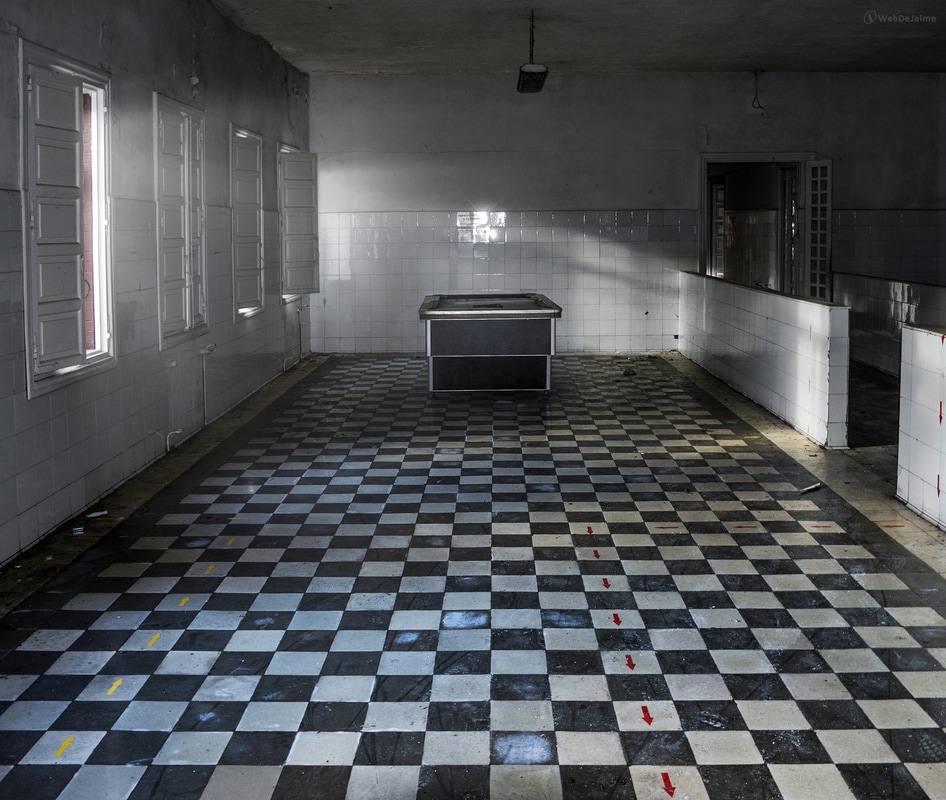

After retiring from the business in 2013 and returning to Syracuse, Napelitano decided to move to Asheville in 2015 and unexpectedly found himself contemplating opening up another pizzeria. Pizza for nearly 25 years in Fort Lauderdale, Fla., where he formed a strong relationship with Liebowitz. Napelitano previously owned and operated Mr.

Manicomio, which means “madhouse” in Italian, is the joint project of food industry veteran and Syracuse, N.Y., native Mike Napelitano and rising kitchen star Jonathan Leibowitz. The prime downtown location will sling thin-crust pizza, Italian restaurant staples including subs, pasta and salads and locally sourced vegetarian options, as well as beer, wine, hard cider and coffee. Other Italian asylums we visited include Manicomio di VG.Ashevilleans who love eating no-nonsense, New York-style pizza while drinking beer on a patio can rejoice. The epic 18-month project that is Manicomio Pizza is in the home stretch of construction with the goal of opening by the end of June. A sombre reminder of a darker time in medical history. The decaying remnants of these ancient institutes still little the Italian countryside. There were around 900 patients when the laws decreeing closure of all “madhouses” were passed. Manicomio di R joined the other medical relics all over Italy in closure. This signalled the end of these traditional “madhouses”. The new laws abolished the archaic asylums. Closure of the hospitalįinally, the Italian national health system was introduced in the 1980s. The new and improved departments now included a clinical research laboratory, radiology suite, electrotherapy treatment rooms, dentists office and an operating room. Conversely, the dangerous or “acute” patients resided in a ward with separate containment cells. The quiet men (“Marro”) and quiet women (“Tamburini”) were now housed in separate pavilions. The sprawling site now covered 10 thousand square meters and including a large enclosed park. At this time the hospital had eight departments spread over several large pavilions. The hospital was now able to accommodate 600 patients.įurther changes in Italian law pertaining to treatment facilities and segregating of male and female patients drove further expansion in the 1950’s and 1970’s. Once again the hospital underwent expansion. A new law stated that “dangerous madmen” had to be interred separately. In the early 20th century changes in Italian law caused a reorganisation within the hospital. In the early days of operation, there was little to no segregation of this wide spectrum of patients. These ranged from dangerously violent maladies, to elderly suffering from dementia.

Manicomio di R catered for a wide range of patients. It meant “half-wit” or “imbecile” the language used is a clear reflection of a darker time in medical history for those with psychiatric or neurological disorders. The medical facility housed the “ mentecatti“. A year after opening, the institution housed 230 patients, rising to 400 near the end of the 19th Century. The college had previously been a charitable hospital for the poor. The complex was built on the site of a former military college. This was a time when attitudes towards mental health patient care changed. The m anicomio persisted until late 20th Century.

The term “manicomio” translates to “madhouse”. We visted this location in the summer of 2018, during our Italian Road Trip. These establishments are also called an insane asylum or mental hospital. Manicomio di R is a former Neuropsychiatric hospital (Ospedale neuropsichiatrico).


 0 kommentar(er)
0 kommentar(er)
